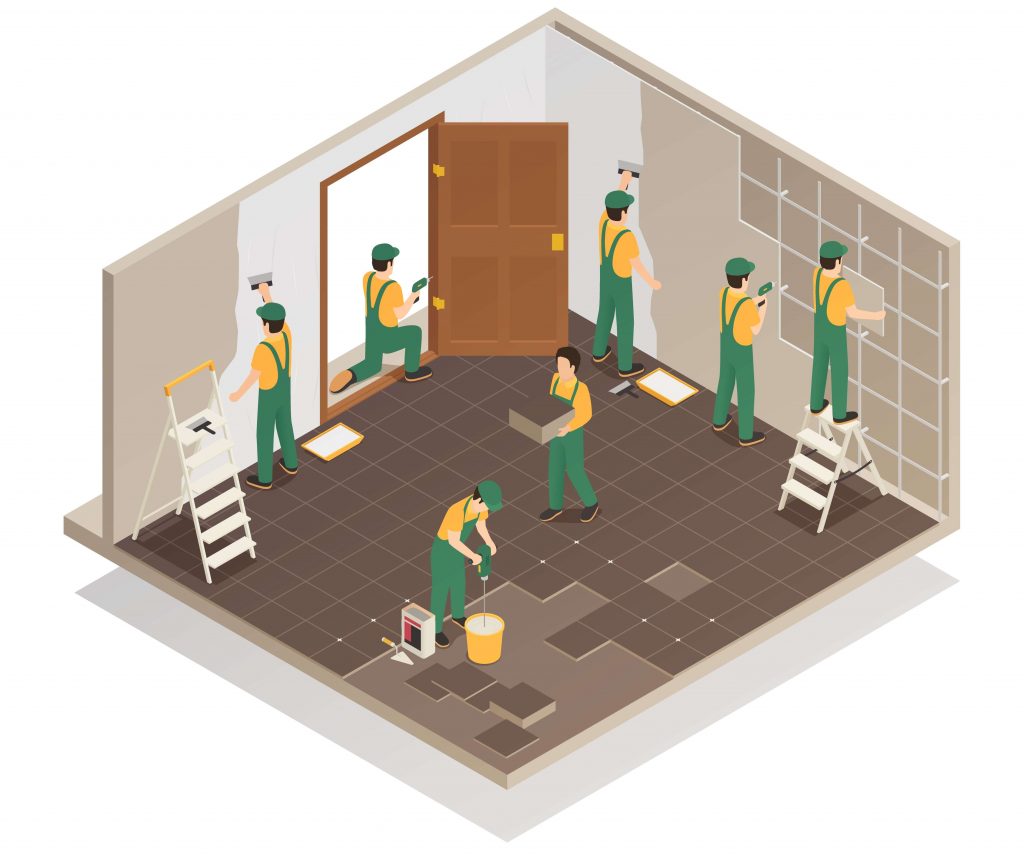Building or Remodeling

Have you planned renovations to your home? If so, you might need to review the insurance considerations such an undertaking might involve.
Standard homeowner’s policies are priced to cover a furnished home where no construction is taking place. If you are changing out a sink or a toilet, or even carpet, your policy coverage isn’t unaffected. But if you are doing renovations, you need a special course of construction policy.
The course of Construction Insurance exists to ensure buildings or projects under construction against the costs of repair or replacements in the event of an accident or a peril such as a vandal breaking into the property. Over the years we have seen many needs for a course of construction insurance.
As a matter of fact, some of those insurance adjustings need to involve fires in such construction and reconstruction claims. The largest claim we ever worked on was for a very large, multiple-building apartment complex that was under construction. A plumber sweating a pipe caused that fire.
In addition to fires, we have seen floods, vandalism, theft, and other unwelcome accidents to a construction project. The course of Construction (COC) insurance is also known as Builders Risk Insurance. Such insurance is designed to protect owners and contractors from devastating impacts such as fires. Construction fires can happen to anyone. We once adjusted a builder’s risk claim for the owner of the Arizona Cardinals.
As with most insurance policies, insurance companies are also considering the bottom line. In the case of the Arizona Cardinal’s owner, the fire voided all of the guarantees and warranties on the windows. However, because the windows looked just fine, the insurers had to be presented evidence, etc., as to why those windows had to be paid for. We were up to the job on that one. Further on that huge apartment complex fire, our work resulted in over four million dollars more for the job that was initially offered. We even went so far as to claim, with success, that the builder was due funds for opportunity costs because he had to postpone other projects to get the apartment complex up to its former progress point.
Other considerations also are considered when remodeling or renovating your home. If your property is vacant for over thirty or sixty days, (the time is defined by the policy) there is no homeowner’s coverage. Often when a home is left vacant for any length of time, anything can happen, even squatters moving in.







